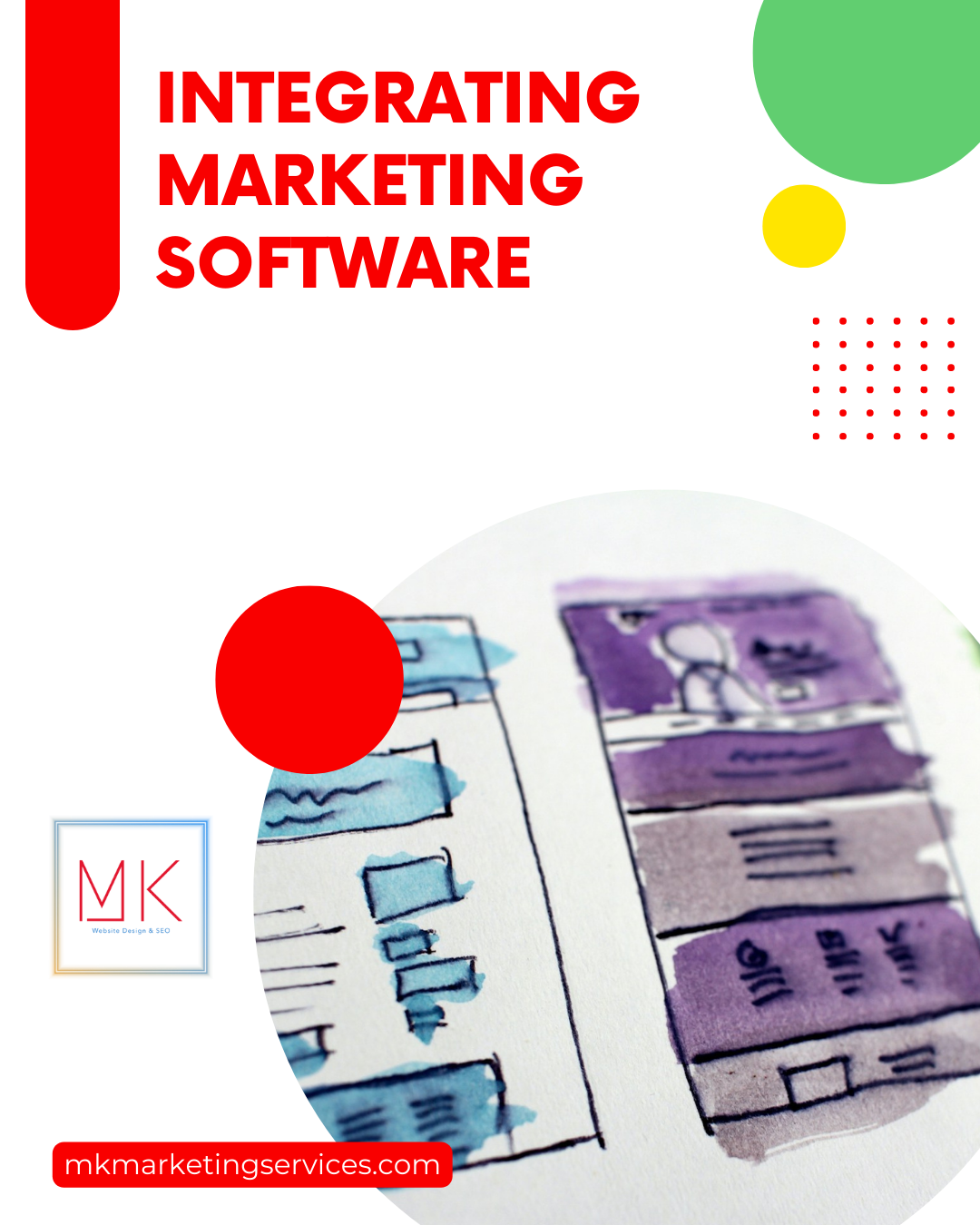The Real Estate Agent’s Guide to Email Marketing Success
Real estate agents nowadays are navigating a crowded online landscape, seeking ways to cut through the noise and connect with potential clients authentically. In a chaotic world filled with social media posts and digital advertisements, email marketing emerges as an opportunity—a powerful tool for agents to cultivate relationships, nurture leads, and maximize their online visibility like the pros.
Email marketing offers real estate agents a direct line of communication to engage with their audience on a personal level, delivering valuable insights, market updates, and exclusive listings directly to their inboxes. With its simplicity and effectiveness, email marketing empowers agents to stand out in a crowded marketplace, foster trust with clients, and ultimately drive business growth within the digital world.
Benefits of Email Marketing in the Real Estate Industry
Email marketing allows real estate agents to stay top-of-mind with prospects and clients, fostering trust and credibility over time. Unlike social media or other forms of advertising, email provides a direct line of communication to a targeted audience, making it easier to deliver personalized and relevant content.
What shouldn’t be underestimated is the wide range of benefits email marketing offers to real estate agents, including:
- Increased brand awareness: By regularly appearing in the inboxes of potential clients, real estate agents can keep their brand top-of-mind, making it more likely that recipients will turn to them when they’re ready to buy or sell.
- Higher engagement rates: Compared to other marketing channels, email marketing tends to have higher engagement rates, with recipients more likely to open, read, and interact with emails that provide valuable content and personalized offers.
- Improved conversion rates: Email marketing allows agents to target specific segments of their audience with tailored messages, increasing the likelihood of conversions and driving more leads through the sales funnel.
Building Your Email List
Before you can start sending emails, you need a list of subscribers who have opted in to receive communications from you. Growing an email list requires a lot of time and effort, but one thing you have to remember is that the quality of your list far outweighs its quantity.
Strategies for Growing an Email List
There are many strategies real estate agents can use to grow their email list, including offering valuable content such as market reports or exclusive listings in exchange for email sign-ups. Networking events, open houses, and social media platforms like Facebook can also be effective channels for capturing email addresses.
Importance of Quality Over Quantity
While it may be tempting to focus solely on growing your email list, it’s important to prioritize quality over quantity. A smaller list of engaged subscribers is far more valuable than a larger list of disinterested recipients who are likely to ignore or unsubscribe from your emails.
Crafting Compelling Email Content
Once you have a solid email list in place, the next step is to craft content that grabs the attention of your subscribers and provides value.
Understanding Your Audience
Before you can create compelling content, you need to understand your audience’s wants, needs, and pain points. Take the time to segment your email list based on factors such as location, buying or selling status, and interests to ensure your content resonates with recipients.
Writing Engaging Subject Lines
The subject line is the first thing recipients see when they receive your email, so it’s essential to make it attention-grabbing and relevant. Incorporating personalization, urgency, and curiosity into your email strategy can significantly enhance open rates.
Creating Valuable Content
Whether you’re sharing market updates, showcasing new listings, or providing tips for home buyers and sellers, the key to successful email content is providing value to your subscribers. Focus on solving their problems and addressing their concerns to keep them engaged and eager to open your emails.
Designing Visually Appealing Emails
Aside from having compelling content, the design elements of your emails are essential for captivating the attention of your recipients and conveying a sense of professionalism and credibility.
Importance of Aesthetics in Email Design
A well-polished email not only appeals visually but also enhances the overall user experience. Use clean layouts, eye-catching images, and consistent branding to create emails that stand out in crowded inboxes.
Best Practices for Email Layout and Design
Keep your emails simple and easy to read, with clear calls to action and mobile responsiveness. Test different designs and layouts to see what resonates best with your audience, and don’t forget to optimize for both desktop and mobile devices.
Personalization and Segmentation
Personalization and segmentation are powerful tactics for tailoring your email campaigns to the specific interests and needs of individual recipients.
Tailoring Emails to Individual Recipients
Personalized emails are more likely to strike a chord with your recipients and foster engagement. Use dynamic content and merge tags to address subscribers by name, reference their past interactions with your brand, and recommend relevant listings or content based on their preferences.
Segmenting Your Email List for Better Targeting
Segmentation allows you to split your email contacts into smaller, more precise groups, considering demographics, behavior, or preferences. This enables you to send more relevant and timely content to each segment, increasing the likelihood of engagement and conversion.
Maximizing Engagement and Click-Through Rates
Encouraging recipients to take action is the ultimate goal of any email marketing campaign. By optimizing your calls to action and testing different strategies, you can maximize engagement and click-through rates.
Call-to-Action Strategies
Your call to action should be clear, compelling, and easy to act on. Whether you’re inviting recipients to schedule a consultation, view a listing, or download a free resource, make sure the next steps are clearly outlined and easy to follow.
Testing and Optimizing Email Campaigns
A/B testing is a valuable tool for optimizing your email campaigns and identifying which elements resonate best with your audience. Test different subject lines, content formats, and calls to action to see what drives the best results, and use this data to refine your approach over time.
Analyzing and Optimizing Email Performance
Analyzing the performance of your email campaigns is essential for identifying areas for improvement and making data-driven decisions to optimize future campaigns.
Utilizing Analytics Tools
Most email marketing platforms offer robust analytics tools that provide valuable insights into your campaign performance. Track metrics such as open rates, click-through rates, and conversion rates to gauge the effectiveness of your emails and identify opportunities for improvement.
Making Data-Driven Decisions to Improve Performance
Use the data from your email analytics to identify trends and patterns in your audience’s behavior, and adjust your email strategy accordingly. Experiment with different tactics, monitor the results, and iterate on what works best for your audience.
Ensuring Compliance with Email Regulations
Staying compliant with email regulations such as CAN-SPAM and GDPR is crucial for maintaining the trust of your subscribers and avoiding potential legal repercussions.
Understanding CAN-SPAM and GDPR Regulations
CAN-SPAM and GDPR are two sets of regulations that govern the use of email marketing and the handling of personal data. Familiarize yourself with these regulations and ensure that your email marketing practices are in full compliance to protect both your subscribers and your business.
Best Practices for Staying Compliant
Some best practices for staying compliant with email regulations include obtaining explicit consent from subscribers before sending marketing emails, providing a clear and easy way for recipients to unsubscribe, and honoring opt-out requests promptly. Additionally, be transparent about how you use and protect subscribers’ personal information to build trust and credibility.
Conclusion
Email marketing has the power to help real estate agents get noticed online, build strong connections with their clients, and grow their businesses. By following the tips in this guide and keeping up with what’s happening in the industry, you can leverage email marketing to achieve long-term success.
Need more tips to make your business stand out online? Check out the MK Marketing Services Blog today!













